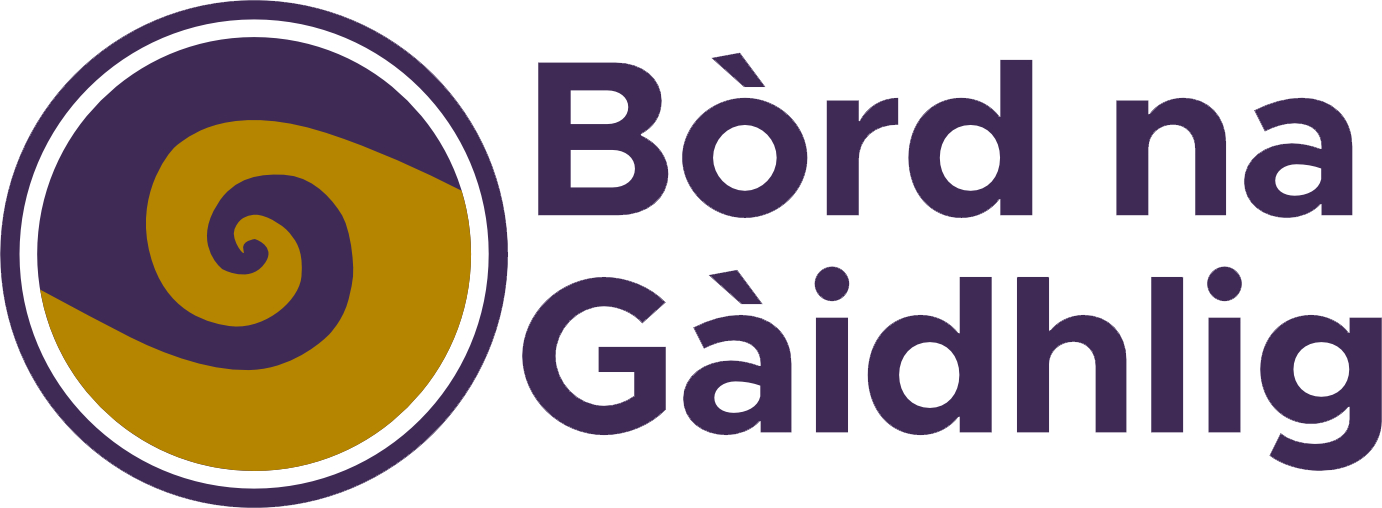- Aims of DASG
- About Corpas na Gàidhlig
- About the Fieldwork Archive
- How to Cite
- History
- Historical Dictionary of Scottish Gaelic
- DASG Team
- Advisory Board
- Publications
- Acknowledgements
- How to Help
- Copyright
- Terms and Conditions
- Contact Us
- Language in Lyrics
- Am Briathradan
- LEACAN
- DASG Launch
- Gairm Online
ICCS 2015
The DASG team are delighted to be involved in the most important international event in the Celtic Studies academic calendar, the 15th International Congress of Celtic Studies, which is taking place at Glasgow University throughout this week.
This is the first time the Congress has been held in Glasgow in its 56-year history, and it provides a forum in which experts from across the full range of Celtic Studies - including linguistics, literature, history, archaeology and art history - come together to share the fruits of their work.
Tomorrow (Friday), Dr Mark McConville of DASG will be giving a lecture connected to the project, “Representing Constructions in an Electronic Dictionary of Scottish Gaelic”:
One of the most important results of recent research into computational and cognitive linguistics is that the lexicon is not just a list of words. Rather, it is a multidimensional network containing many different kinds of lexical item – words, compounds, idioms, names, affixes, etc. One important class of lexical item which is difficult to handle in the traditional dictionary model is that of constructions. These are complex lexical structures containing one or more ‘gaps’, which are subsequently ‘filled’ with another lexical items during syntactic combination. Examples of lexical constructions include idioms, affixes, particles, prepositions, auxiliary and phrasal verbs. The hierarchy of constructions in the lexicon of any language is highly complex, with more general constructions often being instantiated by more specific ones. The Lexicopia / GD website is a prototype for a comprehensive electronic dictionary of Scottish Gaelic, designed on cognitive principles, and inspired by the results of the 2013 Dlùth is Inneach project. In this talk, I discuss the system I have developed to represent constructions in this dictionary, using a model of Gaelic phrase structure which is expressive enough to handle all the data, yet simple enough to be understood by linguistically-aware users.
The project director, Professor Rob Ó Maolalaigh, also gave an important lecture on Tuesday on “Conservative Features in Scottish Gaelic: The Conjunctions mura, mus, gar an:
Scottish Gaelic is well known for its conservative features, especially in terms of lexis and phonology. This paper discusses three conjunctions (mura ‘if not’, mus ‘before’, gar an ‘although not’) and their variants, whose history and significance have yet to be properly considered and assessed. By tracing the origins of mura and gar an (and possibly mus) to Old Gaelic, the conservative nature of Scottish Gaelic conjunction morphology is established.
We hope that Congress delegates are enjoying the academic events. DASG will have an exhibition stand in the Hunter Halls throughout the week – why not come and visit us if you are at the University! We are also on Facebook and Twitter.












There are no comments for this post